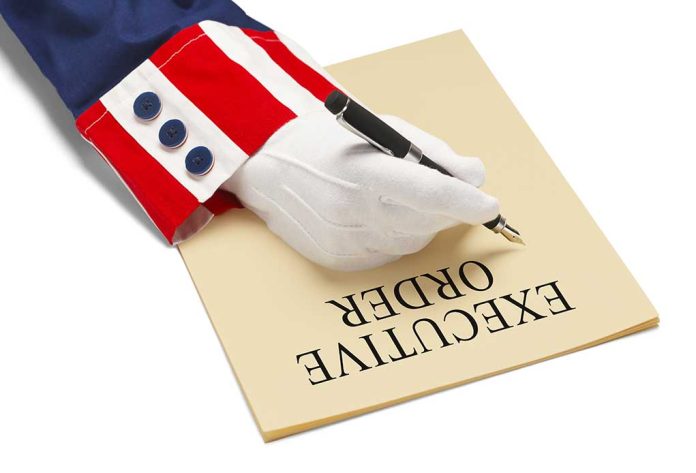
The political battlefield that developed after Trump’s presidency is now fiercely focused on opposing “woke” policies.
Key Takeaways
- Trump signed an executive order aimed at defunding schools for teaching “woke” ideologies.
- Proposed measures include cuts to federal aid for non-compliant K-12 schools and universities.
- Cultural and political divides are prominent, with strong populist movements resisting federal agendas.
- Revisions to educational funding and policies are central to Trump’s post-presidency goals.
- Chuck Schumer celebrated Trump’s withdrawal of a significant federal spending freeze order.
Culture War in Education
President Donald Trump enacted an executive order designed to curb federal financial support for schools advocating “woke” ideologies. This directive targets educational content surrounding gender identity, structural racism, and diversity initiatives, regarded as “radical indoctrination” opposed to traditional values. Titled “Ending Radical Indoctrination in K-12 Schooling,” it aims to restrict teachings deemed to create racial and socio-cultural division.
Trump’s strategic use of federal funding as leverage includes enforcing these policies nationwide. Critics argue the attempt is politically motivated, though Trump supporters claim it as necessary to restore conservative principles within education. The battle symbolizes the broader struggle between traditionalist views and progressive shifts within American society.
The Broader Conservative Agenda
Beyond education policies, Trump’s agenda emphasizes reforming welfare structures and eliminating “wokeism” in federal operations. This includes potential closures or restructuring within federal departments, attacking embedded progressive ideologies believed to originate from previous liberal movements. As part of this broad conservative effort, Trump’s administration aligns with populist conservative forces determined to push back against what they perceive as radical influences in national governance.
The Brookings Center’s Regulatory Tracker illustrates the profound regulatory changes during Trump’s tenure, outlining extensions or reversals from past administrations. A focus on this regulatory overhaul remains significant to understanding post-Trump policy shifts.
Challenges and Criticisms
Resistance to these changes is noticeable among federal and educational entities with some critics viewing the executive orders as legally contentious and damaging to public education infrastructure. Debates over educational content continue to strike at fundamental societal issues, revealing deep-seated ideological divisions.
“In recent years, however, parents have witnessed schools indoctrinate their children in radical, anti-American ideologies while deliberately blocking parental oversight,” says the executive order.
Chuck Schumer’s reaction to the withdrawal of a federal spending freeze epitomizes the political tension surrounding these policy changes. Statements by administration counterparts emphasize Trump’s commitment to restoring perceived merits in governance while navigating ongoing opposition from progressive and centrist actors.





